Popular on Food52
Continue After Advertisement
7 Comments
fayehess
January 14, 2013
what I would like to know is: why when I buy the brand "jolly green giant" fresh potatoes in a bag (desperate times/desp. measures) do the potatoes go black AFTER cooking. they look perfectly fresh and no turning color before going in the oven, but after roasting, they look as if they were rotten from the beginning.
Nozlee S.
January 14, 2013
GREAT question. The answer is a strange one: my bet is that those potatoes have been in storage for a long time, and that they endured quite a bit of tossing and turning during harvest/bagging/transportation/storage. They may even have been accidentally partially frozen at some point.
Like apples, potatoes can be "bruised" with rough handling, and like many other vegetables they don't freeze well in their raw state. Those black spots you see are are (1) the result of bruising, which caused the potato's starch cells to burst, and (2) the result of the iron in the potatoes reacting with a chemical called chlorogenic acid, which happens when the potatoes are exposed to the cold and which develops a black pigment after cooking. (You can read more about the reaction here: http://www.washingtonpost.com/wp-dyn/content/article/2005/07/05/AR2005070500317.html)
Fascinating stuff, huh? Fortunately, it's easy to avoid by buying fresh potatoes. (And the black pigment is totally harmless, it's just unsightly.) Thanks for your question!
Like apples, potatoes can be "bruised" with rough handling, and like many other vegetables they don't freeze well in their raw state. Those black spots you see are are (1) the result of bruising, which caused the potato's starch cells to burst, and (2) the result of the iron in the potatoes reacting with a chemical called chlorogenic acid, which happens when the potatoes are exposed to the cold and which develops a black pigment after cooking. (You can read more about the reaction here: http://www.washingtonpost.com/wp-dyn/content/article/2005/07/05/AR2005070500317.html)
Fascinating stuff, huh? Fortunately, it's easy to avoid by buying fresh potatoes. (And the black pigment is totally harmless, it's just unsightly.) Thanks for your question!
Macedoine
January 11, 2013
I love potatoes (my first nickname as a toddler was "Potapi" because that's what I kept demanding for dinner!) and I love this article for giving me all the potato knowledge a potato-phile needed! Now I finally know why Yukon Gold is so wonderful (it's a cross between the waxy & the starchy) and what makes my favorite farmers' market spuds so blue. But I do have a question - what's solanine, and what does it do? Would eating a few errant greenish potatoes be toxic?
Nozlee S.
January 12, 2013
Solanine is a naturally occuring poison found in nightshades -- ie, potatoes, eggplant, and tomatoes. It can cause GI and neurological problems when consumed in excess, but don't worry! The levels found in a green potato are very minor. As long as you aren't regularly consuming potato or tomato leaves, you are A-OK.
Panfusine
January 11, 2013
I had a question about this gorgeous Pink variety of potato that my local farm had last summer. The skin was kind of 'russeted' but the insides were a beautiful crimson that delightfully did not lose their color, I can't seem to find much info on them. Here's a link to a dish that I used the potato in just to give you a visual idea. Thanks so much!.
http://dish-a-day-panfusine.blogspot.com/2012/09/day-252-pink-potato-bhajias.html
http://dish-a-day-panfusine.blogspot.com/2012/09/day-252-pink-potato-bhajias.html
Nozlee S.
January 11, 2013
Wow, so beautiful! Adirondack Red is a widely available pink potato, but there are many varieties. Try searching for "pink flesh" on this page: http://potatoes.wsu.edu/varieties/vars-all.htm
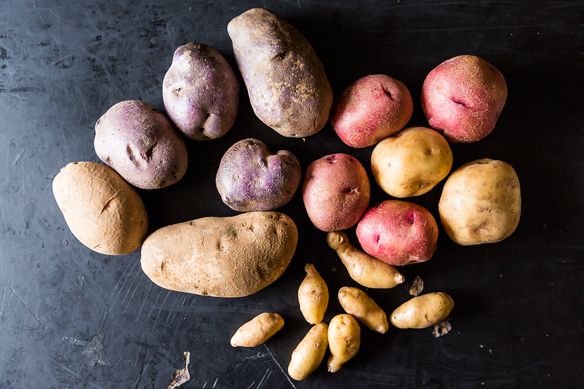
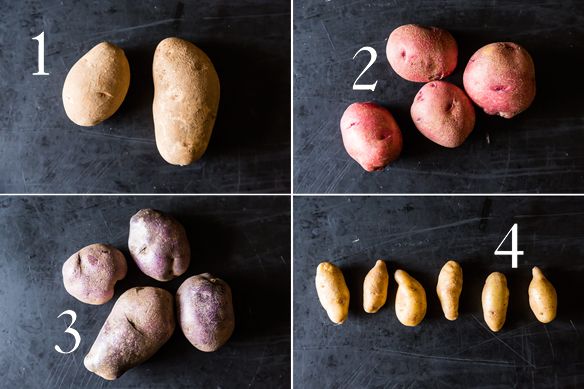
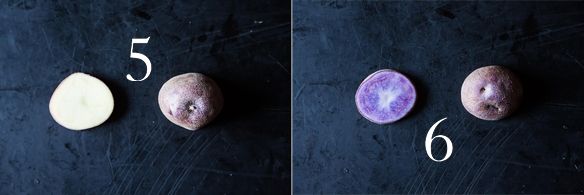
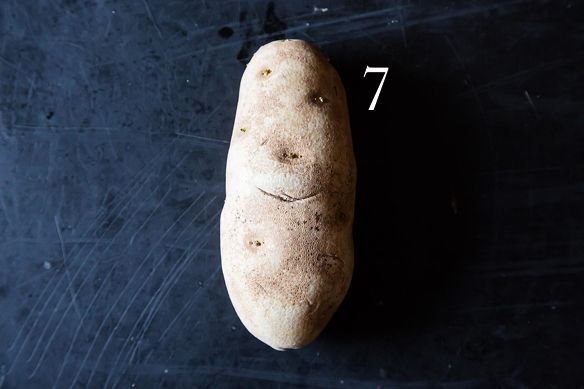
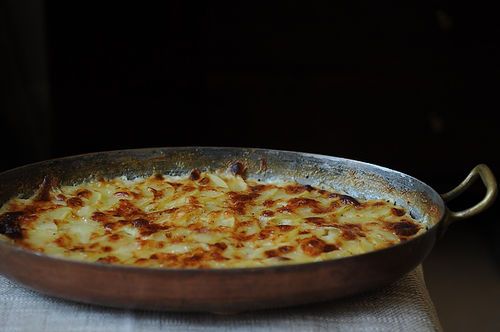
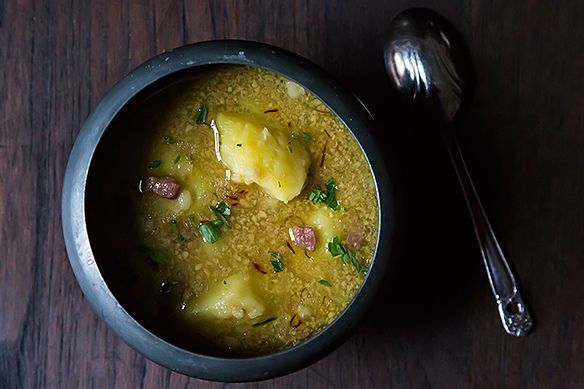


See what other Food52 readers are saying.